Introduction
Embarking on a DIY project can be an exciting endeavor, but the success of your work hinges on the tools you use. One tool that often gets overlooked is the humble hammer, specifically, its handle. The handle of a hammer plays a pivotal role in the efficiency, safety, and comfort of your work. This article will delve into the importance of choosing the right hammer handle, exploring the pros and cons of different materials - steel, fiberglass, and wood. We'll also discuss factors to consider when choosing a hammer handle, including comfort, durability, weight, and price. Lastly, we'll touch on the maintenance of your hammer handle and how the right handle can revolutionize your DIY projects.
The Importance of the Right Hammer Handle
The right hammer handle is crucial for both efficiency and safety. Hammer handles come in three basic types: steel, fiberglass, and wood, each with its unique advantages. Steel handles are strong and durable, making them a favorite among masons and demo crews. However, they can cause heavy vibrations leading to strain injuries. Fiberglass handles transmit less vibration and are non-conductive, making them popular among electricians. Wood handles, on the other hand, transmit the least vibration and are light, making them preferred by framers and carpenters. The choice of a hammer handle depends on the nature of your work and personal preference.
Types of Hammer Handles
There are three main types of hammer handles: wood, steel, and fiberglass. Wood is typically the least expensive and does a decent job of absorbing shock. Steel is heavy and extremely durable but requires a thick rubber grip to minimize shock. Fiberglass absorbs shock extremely well, but it’s more expensive than wood and not as durable as steel. Much of choosing a hammer handle is personal preference and feel.
Wooden Handles
Wood handles transmit much less vibration than either metal or fiberglass. They are also the lightest handle material, which means most of the weight is up in the head. Wood handles can be replaced if they are damaged and can even be customized. However, they are not as strong as steel, so not the best option for demo work. Wood handles are typically preferred by framers, trim carpenters, and siding installers. When it comes to less vibrations, wood handles are by far the best. And when it comes to the best type of wood, hickory is the only way to go.
Fiberglass Handles
Fiberglass handles are a popular choice due to their ability to transmit less vibration than steel, although more than wood. They are favored by electricians for their non-conductive properties, and by plumbers and mechanical workers for their affordability. However, these handles are not as durable as steel or wood, making them less suitable for heavy-duty tasks. Despite this, they are a practical choice for small jobs and are often chosen for their cost-effectiveness.
Steel Handles
Steel handles are the strongest among hammer handle options, making them a favorite among masons and demolition crews. However, their strength comes with a downside - they are the heaviest and can cause vibrations that may lead to repetitive strain injuries. Despite their weight, steel-handled hammers don't necessarily deliver more punch as much of the weight is away from the strike point. They are best suited for demolition rather than construction tasks.
Factors to Consider When Choosing a Hammer Handle
Choosing the right hammer handle is crucial for efficient forging work. The handle should be comfortable, easy to control, and durable. Thin handles offer a lot of whipping action, aiding in lifting the hammer after each blow, but they can break under heavy workload. Thick handles, while sturdy, may not provide the same rebound effect and can be uncomfortable to hold. Therefore, it's essential to find a balance that suits your hand size, arm length, and strength. Remember, the perfect handle will differ for each individual, based on their unique needs and capabilities.
Comfort and Ergonomics
The importance of comfort and ergonomics in hammer handles cannot be overstated. Ergonomic hammer handles are designed to enhance grip comfort and reduce user fatigue. They are ideal for heavy-duty tasks like demolishing walls or drilling floors. Moreover, ergonomic handles are perfect for automotive repairs and machine assembly, delivering a solid blow without creating sparks or damaging parts. Choosing a hammer with an ergonomic handle can significantly improve your DIY projects.
Durability and Strength
Hammer handles come in three basic materials: steel, fiberglass, and wood. Steel handles are the strongest, but their weight doesn't necessarily translate to more power. They also cause heavy vibrations, potentially leading to strain injuries. Fiberglass handles transmit less vibration than steel and are loved by electricians for their non-conductive nature. However, they still vibrate more than wood. Wood handles, while not as strong as steel, transmit the least vibration and are light, allowing more weight in the hammer head. They can also be replaced if damaged.
Weight and Balance
The balance of a hammer, particularly the head-to-handle weight distribution, is a crucial factor to consider. A well-balanced hammer almost seems to swing itself, resulting in less stress on muscles and tendons, and helping to prevent common injuries associated with hammer use. This balance is especially important when considering the type of handle, as it significantly contributes to the overall weight distribution of the tool.
Price and Availability
The price of a hammer handle can vary significantly, largely due to the materials used and the manufacturing process. Fiberglass and FRN are relatively cheap materials, while hardwoods and cast iron/steel tend to be more expensive. The labor involved in creating the handle also impacts the price, with more labor-intensive materials like wood and steel costing more. Furthermore, innovative design features can add to the cost. It's important to note that while cheaper handles may seem appealing, they may not offer the same durability and comfort as their more expensive counterparts.
Maintaining Your Hammer Handle
Maintaining your hammer handle is crucial for its longevity and performance. Start by cleaning the handle if it's dirty. Next, smooth the handle using sandpaper or a spokeshave. If the handle is varnished and it's peeling, use a spokeshave or drawknife instead of sandpaper. Then, apply oil to preserve and beautify the handle. Linseed oil is a great choice for this. Lastly, you can optionally burnish the handle for a polished finish. This process involves rubbing the handle vigorously with a soft cloth or fine steel wool.
Revolutionizing Your DIY Projects with the Perfect Hammer Handle
The importance of a perfect hammer handle is evident in the DIY project of building a Viking-style war hammer. The handle was crafted from a wooden stick, cut to the desired size, and attached to the base of the hammer. To enhance its aesthetic appeal, a leather cord was used to decorate the handle. This handle not only added to the overall look of the hammer but also ensured a firm grip. The right hammer handle can truly revolutionize your DIY projects, making them more efficient and enjoyable.
Conclusion
In conclusion, the handle of a hammer is not just a means to hold the tool; it's a crucial component that can significantly impact the efficiency and safety of your work. Whether you prefer the strength of steel, the shock absorption of fiberglass, or the lightness and low vibration of wood, the choice ultimately depends on your personal preference and the nature of your work. Remember to consider comfort, durability, weight balance, and price when choosing your hammer handle. Proper maintenance can also extend the life of your handle, ensuring it serves you well for many projects to come. The right hammer handle can truly revolutionize your DIY projects, making them more efficient, safer, and more enjoyable.

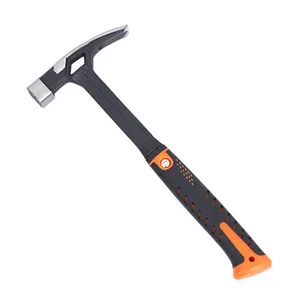
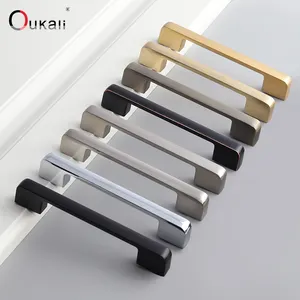





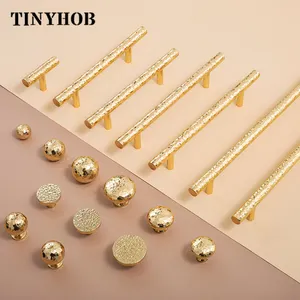



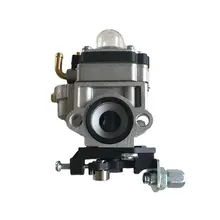




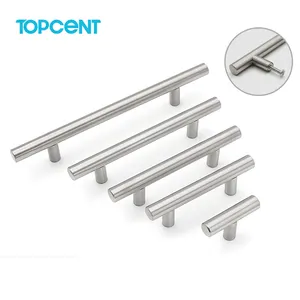
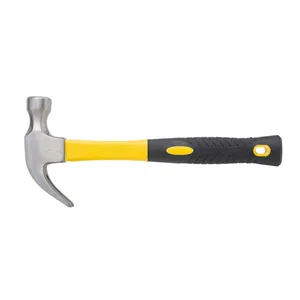
























 浙公网安备 33010002000092号
浙公网安备 33010002000092号 浙B2-20120091-4
浙B2-20120091-4